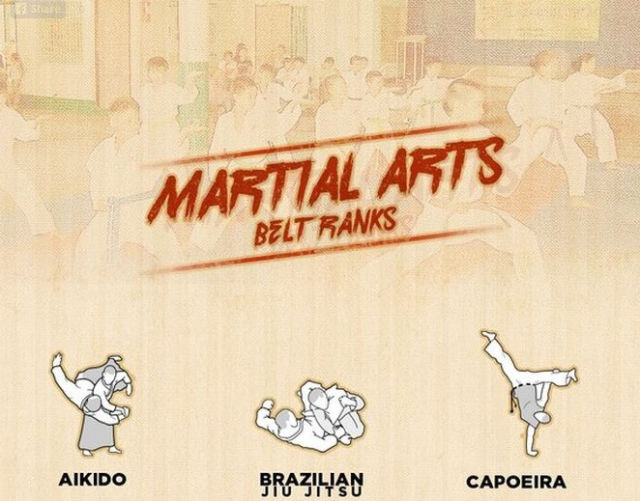Debunking The Various Martial Arts Styles: From Karate To Taekwondo
Debunking The Various Martial Arts Styles: From Karate To Taekwondo
Blog Article
Short Article Writer-Becker Pierce
Are you tired of sensation bewildered by the substantial world of fighting styles? With numerous designs to select from, it can be very easy to get lost in a sea of strikes, kicks, and strange names. Yet worry not!
This conversation will demystify the various martial arts designs, taking you on a journey from the effective strikes of Karate to the dynamic kicks of Taekwondo. Get ready to reveal the beginnings, techniques, and approaches behind these ancient art kinds.
So, tighten your belt and prepare to start an informing exploration right into the fascinating globe of fighting styles.
Beginnings of Martial Arts Styles
The beginnings of martial arts designs can be traced back to ancient worlds and their demand for self-defense and battle methods. Throughout history, various cultures developed their own distinct techniques of combating, each with its very own collection of strategies and viewpoints.
In China, as an example, martial arts designs such as Kung Fu and Tai Chi were created as a way of protection and boosting physical and mental health.
In Japan, the samurai warriors produced designs like Martial arts and Judo, concentrating on technique, accuracy, and mastery of the body.
Similarly, in Korea, Taekwondo became a martial art highlighting high kicks, rapid movements, and psychological fortitude.
These early civilizations laid the structure for the diverse variety of fighting styles styles that exist today, each with its own rich history and social significance.
Methods and Training Methods
To master martial arts designs, specialists must find out various strategies and training methods.
Strategies are the particular motions and actions used in combat, such as strikes, kicks, throws, and obstructs. Various martial arts styles have their own distinct collection of strategies that practitioners have to grasp with extensive training.
Educating approaches differ depending upon the design, however they normally involve a mix of physical fitness, drills, sparring, and kinds.
Physical fitness is critical to develop toughness, versatility, and endurance. Drills aid specialists fine-tune their strategies and boost their speed and accuracy.
Sparring enables experts to practice their techniques in a regulated, sensible setting. https://www.fisu.net/news/summer-fisu-world-university-games/the-study-of-budo-japanese-judo-gold-medalists-use-the-martial-way , likewise called kata, are prearranged series of activities that assist practitioners develop muscle memory and focus.
Viewpoints and Principles
Exploring the philosophies and concepts of fighting styles styles can supply you with a deeper understanding of your selected self-control. Each fighting style has its own distinct viewpoint and collection of leading concepts that shape the method it's exercised.
For martial arts is or are , Martial arts highlights technique, respect, and self-control. It educates specialists to concentrate their body and minds, enabling them to safeguard themselves while maintaining a feeling of internal tranquility.
On the other hand, Taekwondo positions a solid focus on speed, dexterity, and adaptability. Its principles are rooted in the tenets of politeness, integrity, perseverance, self-control, and resolute spirit.
Final thought
Now that you have actually discovered the origins, methods, and ideologies of various fighting styles styles, you have a much deeper understanding of these old disciplines.
Visualize a young karate pupil, exercising with undeviating determination and focus, breaking through boards with a powerful punch.
kajukenbo self defense and strength needed to master a martial art, reminding us that with technique and willpower, anything is feasible.
